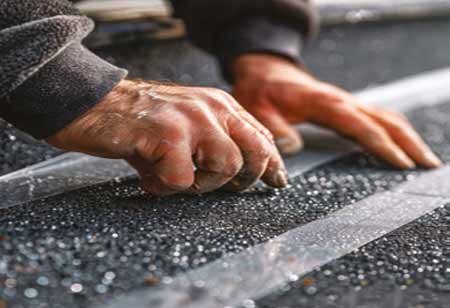Thank you for Subscribing to Construction Business Review Weekly Brief
Specials
- Apartment and Condominium Contractors Canada
- Decking Canada
- Architectural Glass Europe
- MEP APAC
- Construction Saudi Arabia
- German Apartment and Condominium Contractors
- Construction Law APAC
- Outdoor Construction
- Foundation Construction Canada
- MEP Canada
- Kitchen and Bath
- Cold Storage Construction APAC
- Precast Concrete Europe
- Construction Staffing Europe
- Pre-Construction Services
- Flooring System APAC
- Scaffolding Canada
- Swimming Pool Construction Canada
- Construction Management Canada
- Cold Storage Construction Canada
- Flooring Systems Europe
- Residential Construction
- Concrete Canada
- Construction Cladding Europe
- Construction Cladding APAC
- Concretes, Aggregates and Construction Materials APAC
- Concretes, Aggregates and Construction Materials Europe
- Commercial Contractors Europe
- Commercial Contractors APAC
- Dummy
- Construction Insulation, Coating and Waterproofing
- Construction Management APAC
- Landscaping Canada
- Construction Coating Europe
- Construction Tech Startups Europe
- Insulation Services Europe
- Mechanical Contractor Canada
- Mould Remediation and Testing Europe
- Swimming Pool Construction APAC
- Building Sealing Solutions Europe
- Construction Engineering Services
- Mechanical Electrical and Plumbing
- Roofing Systems Europe
- Architectural Glass APAC
- Startups APAC
- Construction Forensic and Owners Representative
- Flooring System
- Waterproofing APAC
- Wall Systems
- Safety and Compliance Europe
- Construction Equipment
- Modular and Prefab Construction
- Architectural Glass
- Construction MENA
- Construction Demolition and Recycling Europe
- Modular Construction Europe
- Construction Interiors
- Steel Building APAC
- HVAC
- Doors and windows
- Modular Construction APAC
- Building Information Modeling APAC
- Sustainable Construction APAC
- Building Restoration and Maintenance
- Commercial Contractors
- Specialty Construction
- Construction Engineering Canada
- Construction Engineering MENA
- Modular Construction Canada
- Construction Demolition Canada
- Roofing and Siding Systems
- Construction Latam
- Construction Staffing
- Roofing Systems APAC
- Construction Consulting
- Steel Building Europe
- Construction Demolition and Recycling APAC
- Safety and Compliance APAC
- Concretes, Aggregates and Construction Materials
- Construction Cladding
Three Popular Eco-Friendly Flooring Options
Toxic materials or alternatives with a high amount of volatile organic compounds (VOCs) can wreak havoc on the air quality in both your building and the factory where they were made.

By
Construction Business Review | Tuesday, June 22, 2021
Stay ahead of the industry with exclusive feature stories on the top companies, expert insights and the latest news delivered straight to your inbox. Subscribe today.
Toxic materials or alternatives with a high amount of volatile organic compounds (VOCs) can wreak havoc on the air quality in both your building and the factory where they were made.
FREMONT, CA: You should know exactly what to look for in an eco-friendly alternative before choosing the correct floor for your house, business, or project. To begin, think about the materials used to create the flooring. Next, consider how long your flooring will last. Even if a floor is made of natural materials, it can cause problems if you have to rip it up and discard it after only a few years—especially if it isn't biodegradable. Floors that last a long time are considerably better for the environment.
Finally, think about how harmful your floor is. Materials such as adhesives and finishes fall under this category. Choose cleaner choices with low VOC levels to safeguard both your health and the environment. Here are four eco-friendly flooring options:
Cork
Cork has long been used for bulletin boards and wine bottles. However, the material is becoming more popular in the flooring industry. Cork is made from the cork oak tree bark, which means the trees don't fall over. The bark itself regenerates every three years, making it a highly renewable resource. If that isn't enough, some cork floors are made from wine bottle corks that have been repurposed. In addition to being an extremely environmentally friendly material, cork floors naturally repel mould, mites, and other allergens, making them ideal for maintaining indoor air quality.





